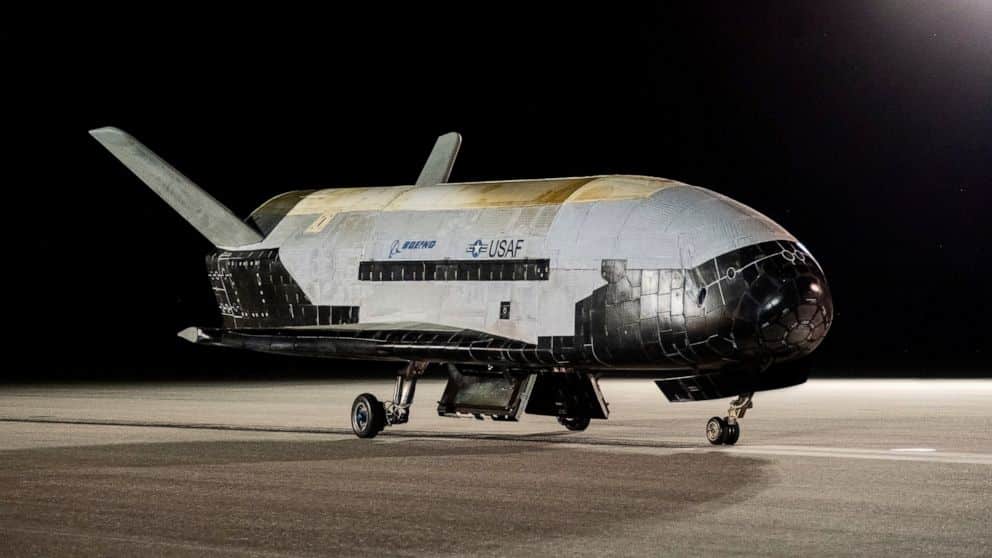CAPE CANAVERAL, Fla. — On its sixth mission, an unmanned U.S. military spacecraft spent a record 908 days in orbit doing science experiments. It landed early Saturday morning.
The vehicle, which is powered by the sun and looks like a small space shuttle, landed at NASA’s Kennedy Space Center. Its last mission was 780 days long.
“Since the X-37B’s first launch in 2010, it has shattered records and provided our nation with an unrivaled capability to rapidly test and integrate new space technologies,” said Jim Chilton, a senior vice president for Boeing, its developer.
For the first time, the space plane held a service module that carried experiments for the Naval Research Laboratory, the U.S. Air Force Academy, and other places. To make sure it landed safely, the module broke away from the vehicle before it went out of orbit.
One of the experiments was the FalconSat-8 satellite, which was designed and built by cadets at the academy with help from the Air Force Research Laboratory. It was put into orbit in October 2021 and is still there.
In another experiment, the effects of long-term exposure to space on seeds were studied.
“This mission highlights the Space Force’s focus on collaboration in space exploration and expanding low-cost access to space for our partners, within and outside of the Department of the Air Force,” said Gen. Chance Saltzman, Chief of Space Operations.
The X-37Be has now traveled more than 1.3 billion miles and has been in space for 3,774 days.









